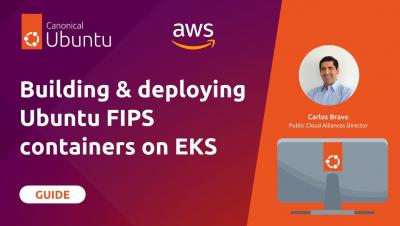Adopt open source securely from bare metal to cloud
It’s no secret that developers prefer to use open-source software in their projects. However, the Log4Shell attack or the more recent PyPl crypto miner packages have taught us that there are questions around how it should be managed. At Canonical we have been dealing with open-source security issues since the very first release of Ubuntu and way before the topic became number 1 on every CISO priority list. In this video, our team discusses how your company can manage these challenges and lay the software foundation of a successful cybersecurity program.











